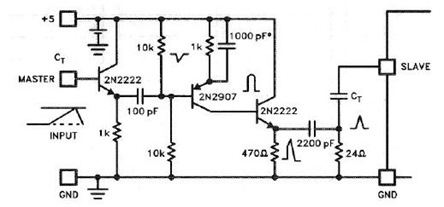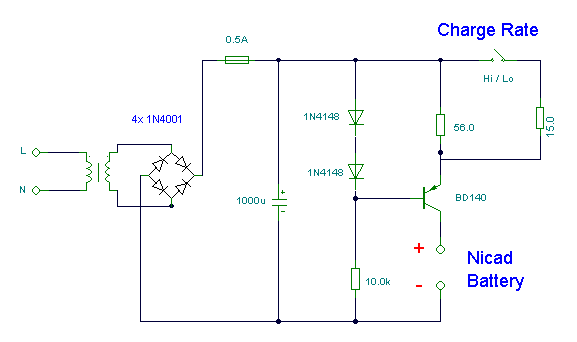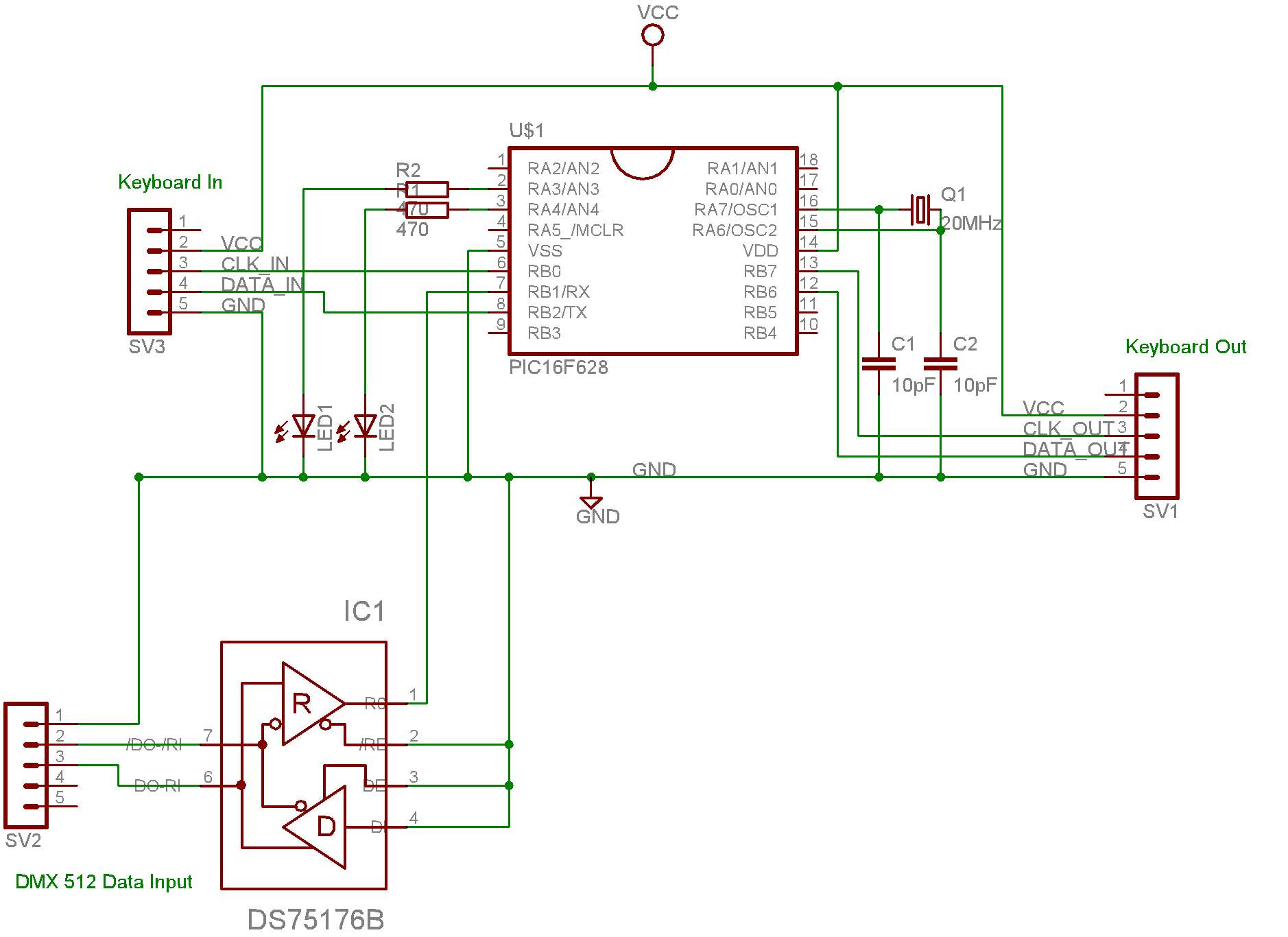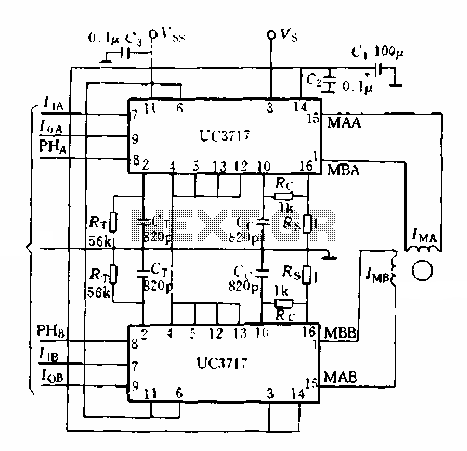
Charging capacitor bank with current limiting circuit
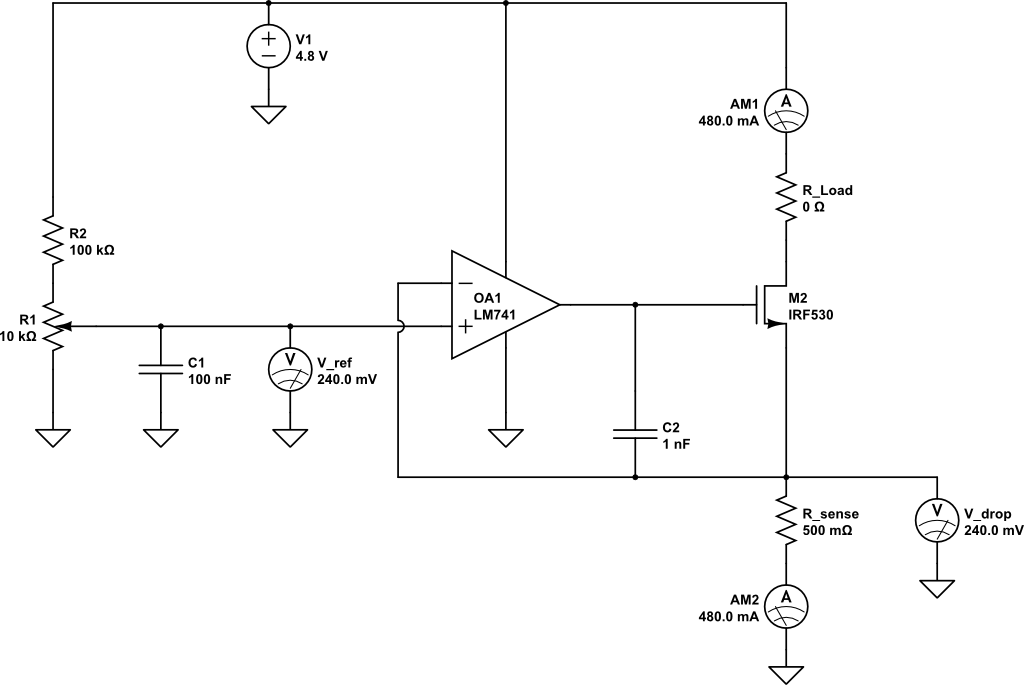
A current limiting circuit is designed to select a maximum current through a load, set to a maximum of 480 mA. As the load resistance increases, the series equivalent resistance (SER) of the limiting circuit decreases. When charging a capacitor bank with this circuit, it is crucial to ensure current flows through the sense resistor (R_sense) to create a voltage drop for proper circuit operation. Directly adding a capacitor after the sense resistor results in an immediate voltage increase to 4.8 volts, which could draw excessive current, potentially damaging the supply and defeating the purpose of the current limiting circuit. To achieve the desired effect, the capacitor voltage must be set to 0V initially, which can be done by adjusting the voltage at the MOSFET drain to 4.8V. This ensures that both ends of the capacitor are at the same voltage, preventing a voltage differential across it. Unfortunately, in CircuitLab, there is no straightforward method to implement this; a time-controlled switch triggered at T=0 is suggested as a workaround. The current limiter controls the discharge rate of the negative plate of the capacitor, and when placing a load across the capacitor that may draw significant current, it may be beneficial to modify the circuit to use a P-channel MOSFET for high-side limiting to protect the supply rather than the load. The operational amplifier (op-amp) in the circuit attempts to maintain equal voltages on its inverting and non-inverting inputs, which in this case is 240 mV. With only R_sense present, it regulates 480 mA through R_sense. However, with the capacitor in series, the current will not remain constant, and the capacitor will charge to 240 mV, as required by the op-amp for balance. The capacitor does not conduct direct current (DC), so the initial current is 480 mA and will decrease exponentially as the voltage rises and the voltage across the resistor diminishes. Simulations may yield unexpected results if ideal components are used without a DC path, and transient simulations often require setting initial conditions to observe the process accurately.
The current limiting circuit operates by using a sense resistor (R_sense) to monitor the current flowing through the load. The op-amp compares the voltage across R_sense with a reference voltage to maintain the desired current limit. When the load attempts to draw more than 480 mA, the op-amp adjusts the gate voltage of the MOSFET, thereby reducing the current flowing to the load. This feedback mechanism ensures that the current remains within safe limits, protecting both the circuit components and the power supply.
In applications involving the charging of a capacitor bank, the challenge arises from the instantaneous current draw when the capacitor is connected. To avoid damaging the power supply, it is essential to implement a method to control the charging current. One approach is to pre-charge the capacitor to a known voltage before connecting it to the circuit, which can be achieved through a controlled switching mechanism. Alternatively, using a P-channel MOSFET allows for high-side switching, providing better control over the current flowing into the capacitor bank.
It is important to consider the characteristics of the capacitors used in the design. The equivalent series resistance (ESR) and capacitance value will affect the charging dynamics. During the charging process, the current will initially be high, but as the capacitor voltage approaches the supply voltage, the current will decrease. This behavior can be modeled in simulation software, but care must be taken to include realistic component values and initial conditions to ensure accurate results.
In summary, the current limiting circuit is a vital component for protecting electronic systems from excessive current draw, especially in scenarios involving capacitive loads. Proper design and simulation techniques are essential for achieving the desired performance and ensuring the reliability of the circuit in practical applications.A useful current limiting circuit (shown below), that allows me to select a maximum current through a load. The circuit is set to give a 480 mA max current. As the load resistance increases, the SER of the limiting circuit drops away. The following plot shows current through the load versus load resistance. . . However, what happens if I want to charge a capacitor bank using this circuit. Where would I put it Current needs to flow through R_sense to cause a voltage drop in order for the circuit to function. If I just add a capacitor after the sense resistor. . . Then the voltage of the cap jumps up to 4. 8 volts immediately (which I`m guessing would draw a massive current, fry my supply, and negate the point of the current limiting circuit) This looks pretty logical to me.
If a cap is connected to an ideal voltage source, it will get an infinite current and be at 4. 8 V instantaneously. What do I need to do in order to reproduce the effect shown in Oli`s lowest plot For the second simulation with the cap at the top, you need to set the cap voltage to 0V initially. I did this by setting the voltage at the MOSFET drain to 4. 8V, the. ic V(n001) 4. 8 you can see next to the cap is the SPICE command to do this. This means both ends of the cap are at 4. 8V hence there is no voltage across it. I`m not sure how you do this in Circuit Lab, if you can link to your circuit maybe I (or someone else more familiar with it) can help.
Oli Glaser Sep 5 `12 at 13:03 Okay, thanks. Unfortunately it seems there is no way to do this in CircuitLab yet. They suggest using a time controlled switch switching at T=0 as a workaround. CircuitLab is pretty, but it`s not as sophisticated as SPICE - if you are planning on doing plenty of EE, then I`d advise getting to know SPICE (LTSpice is a great free version from LT, there are also other options like NI Multisim, TINA from TI, ngspice, etc) Oli Glaser Sep 5 `12 at 13:27 Wow, thanks for the help Oli! So the current limiter in this case is controlling the discharge rate of the -ve plate. I eventually want to place a load across the cap that might spike huge current (hence the big cap). Would I be better modifying this circuit to us a Pch MOSFET and use high-side limiting It is the supply that I want to protect, not the load.
learnvst Sep 5 `12 at 14:49 The opamp is trying to keep the voltages on it`s inverting input the same as the non-inverting input, which is 240mV in your example above. To do this with just Rsense present, it must keep 480mA flowing through Rsense as you say. Now, with the cap in series, it will actually work to charge the capacitor as you have it. However, the catch is that it will not be at a constant current, and the cap will only charge to 240mV, since this it what the opamp needs to keep the balance.
The cap does not pass DC, so the current is initially 480mA, and drops exponentially down to 0 as the voltage rises (and the voltage across the resistor drops) Another thing to understand here is that a simulation is only as real as you make it, and in some cases the ideal components cause problems. It`s quite common for the simulator not to converge or produce odd results if there is no DC path available.
Also with a transient simulation, you sometimes need initial conditions set to observe a process. For example, if I simulate the above circuit in LTSpice with an ideal 1F capacitor, the simulation does not converge (never finishes) If I add a high value of parallel resistance (10M ©, this is actually very conservative for such a large value, probably be much lower) to provide a DC path, and (very roughly) simulate real world imperfect capacitor leakage, the simulation works: The 240mV is produced by the 24nA across the 10M © res 🔗 External reference
The current limiting circuit operates by using a sense resistor (R_sense) to monitor the current flowing through the load. The op-amp compares the voltage across R_sense with a reference voltage to maintain the desired current limit. When the load attempts to draw more than 480 mA, the op-amp adjusts the gate voltage of the MOSFET, thereby reducing the current flowing to the load. This feedback mechanism ensures that the current remains within safe limits, protecting both the circuit components and the power supply.
In applications involving the charging of a capacitor bank, the challenge arises from the instantaneous current draw when the capacitor is connected. To avoid damaging the power supply, it is essential to implement a method to control the charging current. One approach is to pre-charge the capacitor to a known voltage before connecting it to the circuit, which can be achieved through a controlled switching mechanism. Alternatively, using a P-channel MOSFET allows for high-side switching, providing better control over the current flowing into the capacitor bank.
It is important to consider the characteristics of the capacitors used in the design. The equivalent series resistance (ESR) and capacitance value will affect the charging dynamics. During the charging process, the current will initially be high, but as the capacitor voltage approaches the supply voltage, the current will decrease. This behavior can be modeled in simulation software, but care must be taken to include realistic component values and initial conditions to ensure accurate results.
In summary, the current limiting circuit is a vital component for protecting electronic systems from excessive current draw, especially in scenarios involving capacitive loads. Proper design and simulation techniques are essential for achieving the desired performance and ensuring the reliability of the circuit in practical applications.A useful current limiting circuit (shown below), that allows me to select a maximum current through a load. The circuit is set to give a 480 mA max current. As the load resistance increases, the SER of the limiting circuit drops away. The following plot shows current through the load versus load resistance. . . However, what happens if I want to charge a capacitor bank using this circuit. Where would I put it Current needs to flow through R_sense to cause a voltage drop in order for the circuit to function. If I just add a capacitor after the sense resistor. . . Then the voltage of the cap jumps up to 4. 8 volts immediately (which I`m guessing would draw a massive current, fry my supply, and negate the point of the current limiting circuit) This looks pretty logical to me.
If a cap is connected to an ideal voltage source, it will get an infinite current and be at 4. 8 V instantaneously. What do I need to do in order to reproduce the effect shown in Oli`s lowest plot For the second simulation with the cap at the top, you need to set the cap voltage to 0V initially. I did this by setting the voltage at the MOSFET drain to 4. 8V, the. ic V(n001) 4. 8 you can see next to the cap is the SPICE command to do this. This means both ends of the cap are at 4. 8V hence there is no voltage across it. I`m not sure how you do this in Circuit Lab, if you can link to your circuit maybe I (or someone else more familiar with it) can help.
Oli Glaser Sep 5 `12 at 13:03 Okay, thanks. Unfortunately it seems there is no way to do this in CircuitLab yet. They suggest using a time controlled switch switching at T=0 as a workaround. CircuitLab is pretty, but it`s not as sophisticated as SPICE - if you are planning on doing plenty of EE, then I`d advise getting to know SPICE (LTSpice is a great free version from LT, there are also other options like NI Multisim, TINA from TI, ngspice, etc) Oli Glaser Sep 5 `12 at 13:27 Wow, thanks for the help Oli! So the current limiter in this case is controlling the discharge rate of the -ve plate. I eventually want to place a load across the cap that might spike huge current (hence the big cap). Would I be better modifying this circuit to us a Pch MOSFET and use high-side limiting It is the supply that I want to protect, not the load.
learnvst Sep 5 `12 at 14:49 The opamp is trying to keep the voltages on it`s inverting input the same as the non-inverting input, which is 240mV in your example above. To do this with just Rsense present, it must keep 480mA flowing through Rsense as you say. Now, with the cap in series, it will actually work to charge the capacitor as you have it. However, the catch is that it will not be at a constant current, and the cap will only charge to 240mV, since this it what the opamp needs to keep the balance.
The cap does not pass DC, so the current is initially 480mA, and drops exponentially down to 0 as the voltage rises (and the voltage across the resistor drops) Another thing to understand here is that a simulation is only as real as you make it, and in some cases the ideal components cause problems. It`s quite common for the simulator not to converge or produce odd results if there is no DC path available.
Also with a transient simulation, you sometimes need initial conditions set to observe a process. For example, if I simulate the above circuit in LTSpice with an ideal 1F capacitor, the simulation does not converge (never finishes) If I add a high value of parallel resistance (10M ©, this is actually very conservative for such a large value, probably be much lower) to provide a DC path, and (very roughly) simulate real world imperfect capacitor leakage, the simulation works: The 240mV is produced by the 24nA across the 10M © res 🔗 External reference

